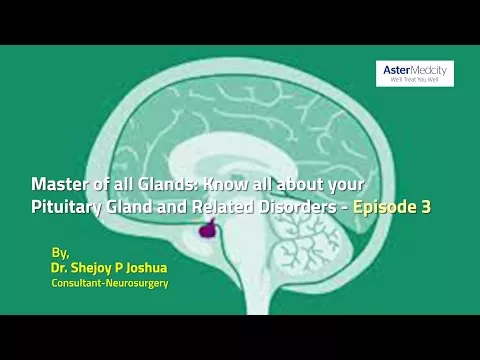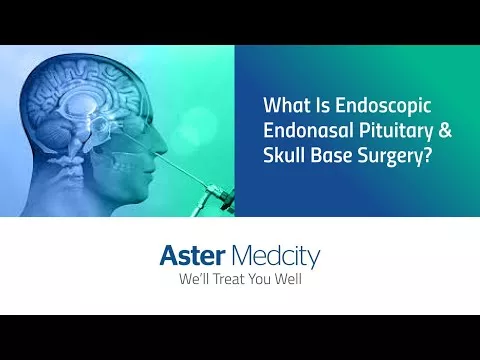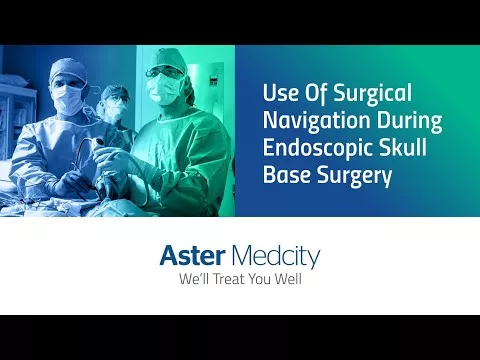What is Microvascular Decompression?
Microvascular decompression (MVD) is a surgical procedure used to treat trigeminal neuralgia, a condition that causes severe facial pain. During the procedure, a surgeon makes a small incision behind the ear and opens a small piece of bone to access the trigeminal nerve.
The neurosurgeon then places a small pad between the trigeminal nerve and the blood vessel that is compressing it, which is believed to be the cause of the pain. This pad is made of a material that does not dissolve or migrate over time, providing a long-lasting separation between the nerve and the vessel.
The goal of MVD is to relieve pressure on the trigeminal nerve, which is thought to be causing the pain. This can be a highly effective treatment for trigeminal neuralgia, with success rates of up to 90%.
MVD is typically performed under general anaesthesia and requires a hospital stay of a few days. Most individuals can return to normal activities within a few weeks after the procedure.
Why and when Microvascular Decompression is recommended?
Microvascular decompression (MVD) may be recommended for individuals with trigeminal neuralgia who are experiencing severe facial pain that is not responding to medication or other treatments. It is typically considered when other treatments have failed to provide relief.
MVD may be preferred over other surgical treatments for all patients who have a longer life expectancy, as it is a one-time procedure that provides long-lasting pain relief. MVD may be recommended for individuals with:
- Primary trigeminal neuralgia: MVD is considered the most effective treatment for primary trigeminal neuralgia, which is caused by compression of the trigeminal nerve by a blood vessel.
- Compression by other structures: In some cases, the trigeminal nerve may be compressed by other structures, such as a tumor or cyst. MVD may be recommended in these cases to relieve pressure on the nerve and reduce pain.
How is Microvascular decompression different from the conventional treatment?
Microvascular decompression (MVD) is a surgical treatment for trigeminal neuralgia that is different from conventional treatments in several ways.
- Targeted approach: Unlike conventional treatments, such as medication or radiofrequency ablation, which target the pain pathways, MVD is a targeted approach that focuses on the underlying cause of the pain. MVD involves relieving the pressure on the trigeminal nerve caused by a blood vessel or other structure.
- Long-lasting relief: While medication and other treatments may provide temporary relief from trigeminal neuralgia, MVD provides long-lasting relief. In fact, MVD has been shown to be the most effective treatment for primary trigeminal neuralgia, with success rates of up to 90%.
- One-time procedure: Unlike other surgical treatments, such as radiofrequency ablation or balloon compression, which may require multiple procedures over time, MVD is a one-time procedure that provides long-lasting relief from trigeminal neuralgia.
- Lower risk of complications: While all surgical procedures carry some risk of complications, MVD is generally considered to have a lower risk of complications compared to other surgical treatments for trigeminal neuralgia, such as balloon compression or gamma knife radiosurgery.
In summary, MVD is a targeted surgical approach that provides long-lasting relief from trigeminal neuralgia and may be preferred over other treatments for individuals who are good candidates for the procedure.
How is life after Microvascular decompression?
Life after Microvascular decompression (MVD) can vary depending on the individual and their specific circumstances. However, in general, most individuals who undergo MVD for trigeminal neuralgia experience significant improvement in their quality of life and a reduction in their pain.
In the immediate postoperative period, individuals may experience some pain, swelling, and bruising around the surgical site, which can take a few weeks to heal. During this time, it is important to avoid strenuous activity and follow the postoperative care instructions provided by the healthcare provider.
After the initial healing period, most individuals can return to their normal activities, including work, exercise, and socializing. In fact, many individuals report that they can resume activities that they had previously been unable to do due to their pain.
In terms of pain relief, most individuals experience immediate relief after the procedure, although some may continue to experience mild pain or occasional flare-ups. It is important to continue to follow up with the healthcare provider to monitor pain levels and adjust medications as needed.
Overall, the success rate of MVD is high, with up to 90% of individuals experiencing long-lasting relief from trigeminal neuralgia.
Blogs
The source of trustworthy health and medical information. Through this section, we provide research-based health information, and all that is happening in Aster Hospital.







